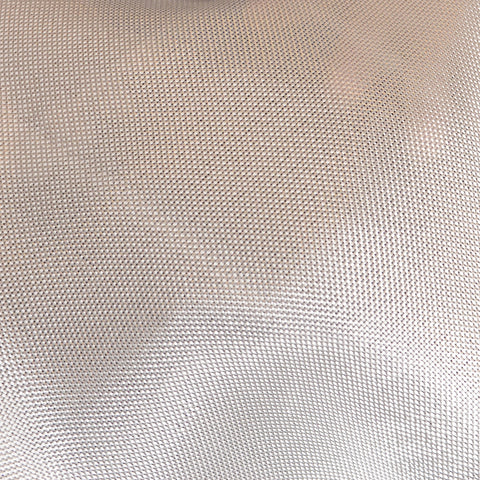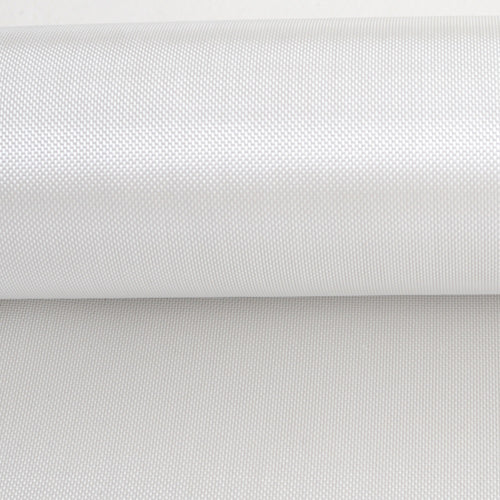You have no items in your shopping cart.
Whether you're a hobbyist working on RC projects or a professional in the boat and aerospace industries, understanding the differences in fiberglass cloth can empower your next project. This article breaks down fiberglass cloth into four main categories: lightweight fabrics commonly used for RC projects and as surface fabric, medium weight fabrics ideal for surfboards, sailboats, kayaks, and general-purpose applications, heavier weight fiberglass designed for robust requirements in boat building and marine and aerospace fiberglass fabrics.
Join us as we explore each type of fiberglass fabric, highlighting their key features, common applications, and why choosing the right type can make all the difference in the performance of your projects. Alongside explanations, we have included photos that showcase the unique characteristics of each fiberglass cloth type as well as providing a closer look.
Fiberglass Info
Fiberglass cloth, also known as fiberglass fabric, is an excellent choice when you are looking for a strong, light weight part.
All of our fabrics must be used with a resin system (polyester, vinyl ester or epoxy) to create a composite part. The fiberglass is what gives any part it’s strength. It is used in a great variety of applications. Boats, bathtubs, wind turbines, RC, surfboards, kayaks, canoes, aerospace . The list could go on and on.
The fabrics we have can be separated into 4 popular categories-
- RC
- Boat/marine
- Aerospace
- Surfboard
Keep in mind that these different fabrics are not limited in their category. They can be used in a variety of projects.
Lightweight RC/ Surfacing Fiberglass
The RC cloth is style #106 and #108,

Style #106 is a .75 oz. cloth. It is very lightweight and most often used on model airplanes. Because it is so lightweight, it can be tricky to use. You will want to use protective latex gloves or some other kind of smooth gloves. Any kind of skin tag will catch on the fabric. Style #106 is stronger than mylar. You don’t want to use it on anything requiring strength though.

Style #108 is another RC cloth. It is 1.5 oz. You will still need to be careful when working with this fabric but it is stronger than the .75 oz.
Medium Weight Surfboard/ Sailboat Fiberglass
Style #1522 and #3733 are our most common surfboard cloths. They can also be used on canoes, kayaks and boats

Style #1522 is a nice, smooth 4oz. cloth. Surfboard hobbyists use it to coat foam core. It can also be used as a surfacing layer. It creates a clear, transparent laminate when saturated with resin. This cloth wets out easily.

Style #3733 is a 5.6oz., aka sailboat cloth. This cloth is typically used on surfboards and general purpose projects.
Aerospace Fiberglass
Style #120 and #7781 are mainly used in the aerospace industry.

Style #120 is 3.2 oz. It is a 1:6 scale cloth for RC airplanes. You want to use this fabric when strength is needed. It is used on RC racing planes that go up to 140mph. This style is aerospace grade.

Style #7781 is an 8.9oz., four harness satin weave. Four harness means there is a three by one interfacing where a filling yarn floats over three warp yarns and under one. This weave conforms to curved surfaces. It is aerospace grade and is the second most popular aerospace cloth behind style #120.
Styles 7532 and 7500 fall in the boat/marine category.

Heavier Weight Boat/ Marine/ General Purpose Fiberglass
Style #7532 is a 7.5oz. cloth. It is more commonly known as an 8oz. cloth. It is a popular boat cloth. It is a plain weave and is stronger and sturdier than the 6oz. It is often used for waterproofing boat decks.

Style #7500 is the most popular general purpose fabric and also a great boat making cloth. It is widely used in the fiberglass industry. It is good for making molds. It is typically used after the mat layer in a mold. It gives it strength. It is also used in boat construction and repair.

We also carry fiberglass tape in widths from 1” to 12”. They are 50 yard rolls. They have selvage edges that keep it from un-raveling. They do not have an adhesive backing. Just like our regular fabrics, they are meant to be used with resin. Our tapes work great on smaller applications and if you will be winding. They are also often used on glass seams and in repair work.
All of our fabrics are pretty easy to handle. Remember you will want to pick the best weight of fabric for your project but you will also want it to be strong enough.
For information on even more reinforcements and resin, check out our Ultimate Fiberglass and Resin Guidebook.
To see all of the products we have available, go to www.fiberglasswarehouse.com .Save
comments (18)
-

-
 Mike D.
Mike D.I am building a go kart that I will lay down on and it will be very low to the ground, no more than 15 inches tall. It will reach speeds over 100mph. I need to build the body very streamline and aerodynamic. I plan to make a mold from chicken wire and spray foam, then make the body from mat and resin. What mat would you suggest and what resin type. It will be sanded and painted for the finish layer.
-
 Joe McDowell
Joe McDowellI am researching the use fiberglass fabric as a backing for large hanging murals; like banners with starting dimensions of 4′×6′, 6′×6′ and 6′×8′. They should retain some flexibility. Is sail grade or aerospace grade appropriate? Is vinyl or polyester resin more appropriate?
-
 Gayle
GayleI have a 1996 Allegro Bay 34′ Class A Motorhome that I just bought. The person that had it before me ran the front end up on to a rock – then backed off quickly and ripped the whole fiberglass front off the coach. He brought back as many pieces as he could find – there is one very large piece that is pretty intact ( a few tears) but he lost one pretty good sized section that goes over the wheelwell. I am going to attempt to fiberglass the whole thing back together. Obviously strength is a major issue. What mat/cloth would you recommend? What kind of resin? Can I use aluminum tape on the inside to help hold pieces together – then can the aluminum tape be left in place and fiberglassed over? This is a huge project for me – I’ve never done any fiberglass work. I am trying to find products that will work long term and are relatively easy to work with. There are gentle curves that the product will need to bend around. Any help would be appreciated.
REPLY from fgwarehouse: This is tough to really know what to do without seeing a picture. But from what you have written, it is possible. First of all, never laminate of any type of adhesive tape if you want structure, it will create a barrier and act as a release agent. So don’t laminate over the aluminum tape.
You will need to figure out how to create a form to laminate over to make your missing piece. I know some people use clear packing tape over the back of a hole to have something to laminate against. So to me, that will be the trickiest thing. You might consider chicken wire and spray insulation foam on it to create your form. The foam can be sanded to shape, then laminated over.
As far as materials, I would use Orca 200 P-16 laminating resin and chopped strand mat as the first layer. 1.5 oz CSM would work well. The 6 oz style 3733 cloth, then another layer of 1.5 chopped strand mat.
You will probably need to sanding primer to smooth it out in the end. You can either gel coat it or paint afterwards.
Let me know if you have any questions.
-
 Bling
BlingI have a jet ski the side is busted would fibre glass be able to fix such a burst or is it better to look back a shell???
REPLY from fgwarehouse: It is hard to say exactly. Most jet ski repair people use vinyl ester resin and chopped strand mat to fix them.










@Mike- I would recommend vinyl ester resin. It is strong and has good elongation. You can use mat or cloth with it.